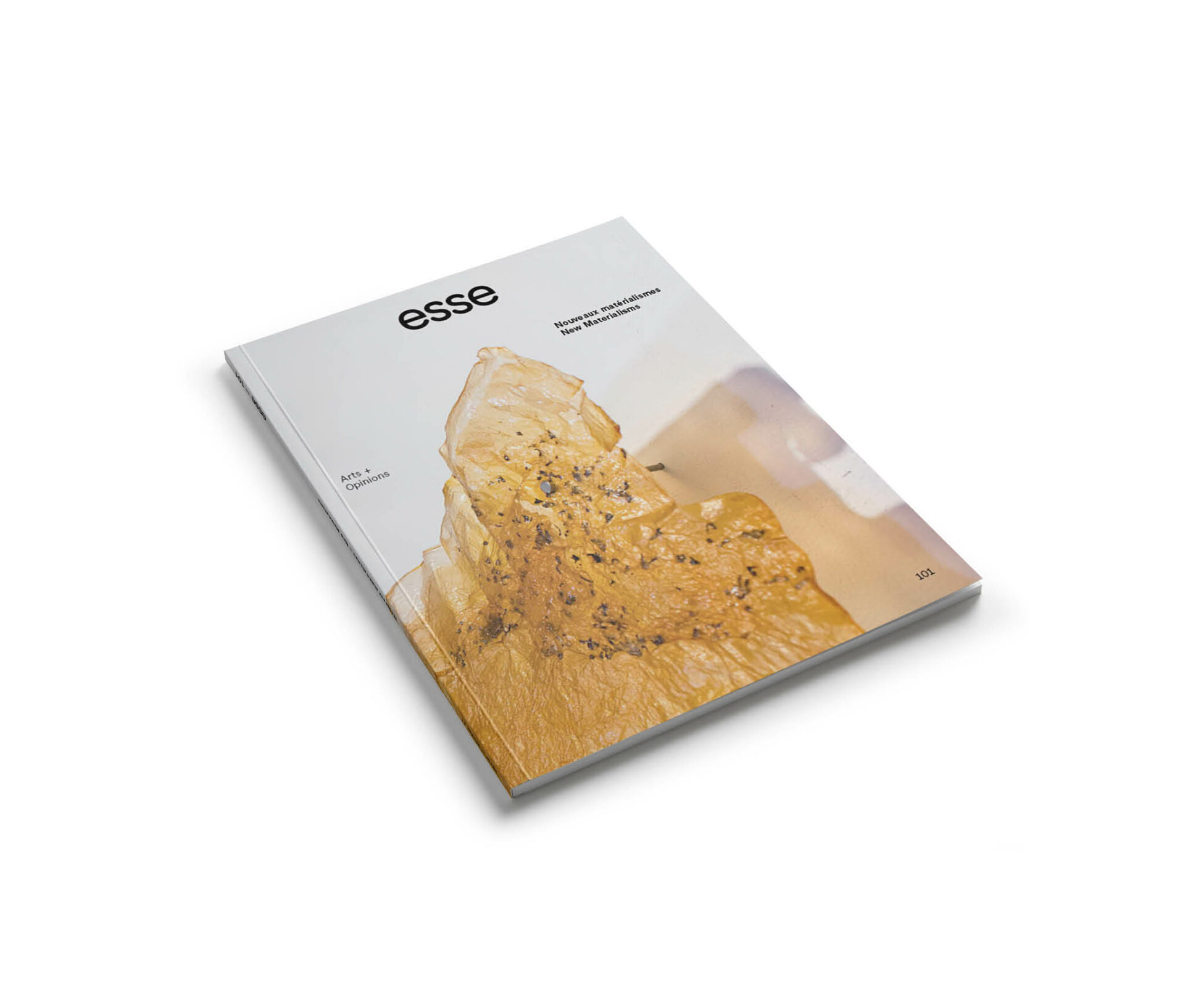Conversing with Matter
With its acknowledgement of agential matter, neo-materialism questions the anthropocentric narrative that has underpinned our view of humans-in-the-world since the Enlightenment, a view that posits humans as makers of the world and the world as a resource for human endeavors. The new materialist discourse derives its urgency from the ethical, ecological and political imperatives that loom as a consequence of this view of the world. — Barbara Bolt, Carnal Knowledge: Towards a ‘New Materialism’ through the Arts
Ethics is not simply about responsible actions in relation to human experiences of the world ; rather, it is a question of material entanglements and how each intra-action matters in the reconfiguring of these entanglements, that is, it is a matter of the ethical call that is embodied in the very worlding of the world. — Karen Barad, Meeting the Universe Halfway: Quantum Physics and the Entanglement of Matter and Meaning
The importance of representation that has long charac- terized a work of art has made us give form and meaning to matter, sometimes to the detriment of its intrinsic materiality. Yet if we allow matter to assert itself over and above the metaphors that we impose on it, we realize that it has a life beyond our gaze and interpretation and even a capacity to act autonomously. The gradual oxidation of bronze statues tells us in another way about the alloys concealed in historical figures. Gold work expresses itself as much through the socially-constructed meaning of gold (wealth, power, prestige) and its material qualities (shine, hardness, thermal conductivity) as through the historical, environmental, and colonialist weight of mining processes. What do cobalt, lithium, indium, and other rare metals tell us if we follow their journeys from subterranean China to our smart devices and their accumulation in landfills? Simultaneously hidden by layers of soil and sustainable development strategies, how do biogas and leachate express themselves?
By focusing on the expressivity, dynamism, and agency of matter, neo-materialism (a term independently developed by philosophers Rosi Braidotti and Manuel DeLanda) seems to oppose classical philosophical materialism, which tends to regard matter as essentially passive and inert. However, considering that new materialsms call for a reconfiguration of the human/non-human, nature/culture, subject/object relations by critiquing this dualistic conception of the world, it does not appear worthwhile to approach these two schools of thought as a conflict between the old and the new. Instead, we are interested in looking at the reconfiguration of these relations, or to put it another way, these complex entanglements through a materialist consideration of forms, but also places, temporalities, and memories. To do this, we turn to the notion of intra-action introduced by philosopher and physicist Karen Barad, a notion that refers to a material-discursive relation between human and non -human agents1 1 - In contrast to interaction, in which bodies interact while maintaining a certain independence, intra-action assumes that bodies are never completely separate, but rather intertwined, as well as to the concept of agency, the capacity to act that is not restricted to human beings but that belongs to the entire living and non-living world.
In this issue, we see how material agency is exhibited in works that use organic, mineral, synthetic, or weather- sensitive substances, more traditional techniques such as tapestry and embroidery, or cutting-edge technology such as shape memory alloys. The materiality and performativity of objects, for example the artist book, as well as the study and handling of archives and found photographs also reveal the discursiveness of matter, while strategies of play and assembly prompt us to reflect on the transitional aspect of objects and the types of relationships we have with the world. Lastly, visibility and invisibility are also considered, in light of the fact that what cannot be seen is not necessary non-existent or immaterial — hence the violence and discrimination of biopolitics and biopower in which control over materials and control over bodies overlap. Responding to this violence through art, by giving materials political power, is an avenue with a strong potential for healing.
The abundance of artistic research that identifies with new materialisms offers insight into our relationship to the world and participates in the development of new ontologies. Throughout this issue, these considerations encourage us to radically rethink our anthropocentric and humanist approach. Allowing matter to speak gives rise to encounters and conversations at once complex, illuminating, and meaningful as long as we consent to listen and comprehend differently.
Translated from French by Oana Avasilichioaei
